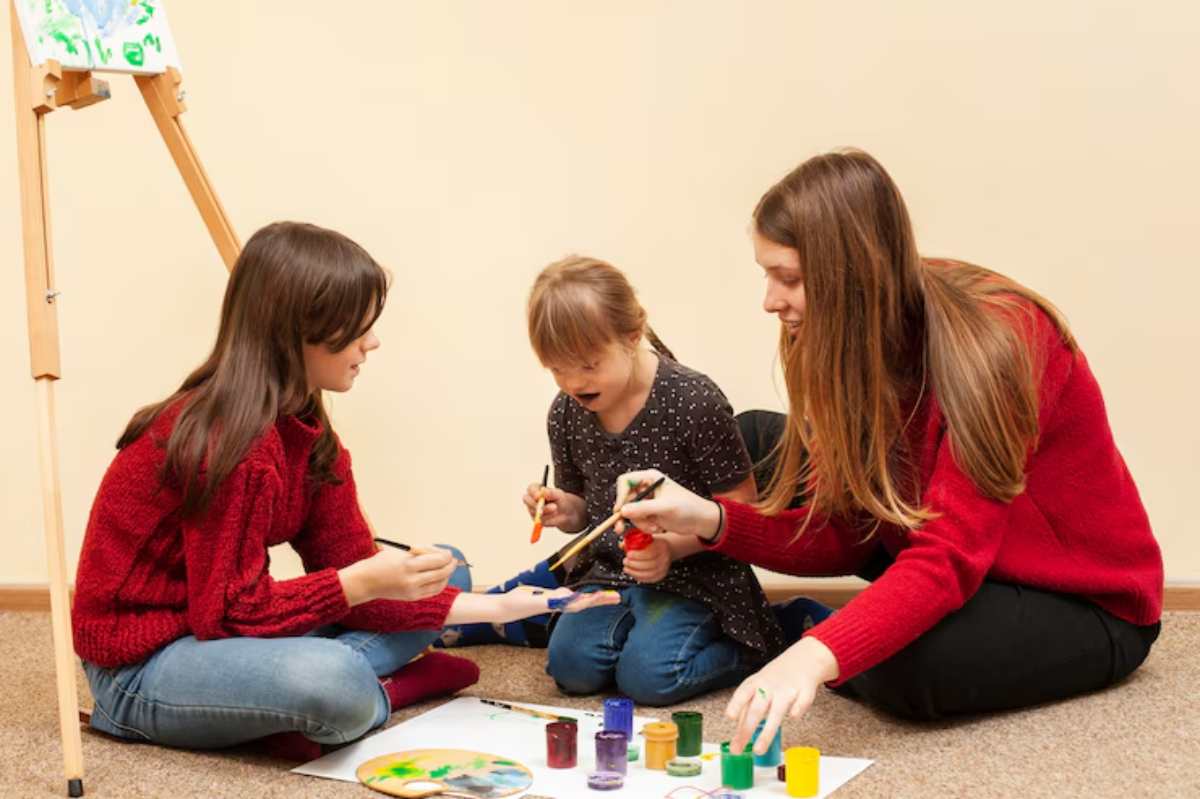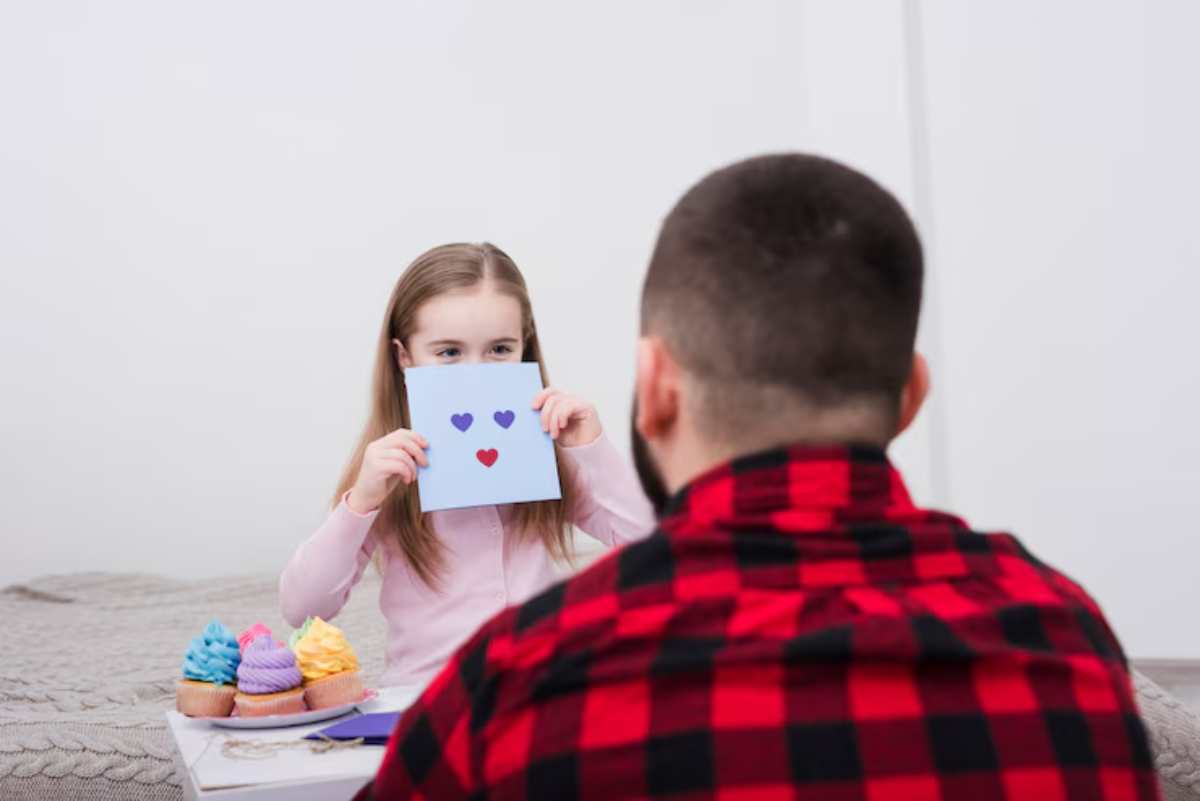
Teaching Kids to Name and Express Their Emotions
Emotional intelligence isn’t something that children are born with — it’s something that they learn. Parents and caregivers can do a lot to help kids. They can help kids identify, label and express their emotions in healthy ways.
In our busy world, it is vital to help kids process their emotions. This way, they can nurture longer listening-brain functioning, better communication, and healthy relationships. But it can take many kids a long time to find the words for how they feel or what to say in the right way.
This blog looks at how emotional coaching and clear communication can help kids understand and express their feelings. This builds a base for empathy, self-control, and resilience.
Why It Matters
Emotional Awareness Is the First Step Toward Regulation
Children who can name their emotions are more likely to manage them. Kids can feel frustrated during sibling fights or anxious before tests. When they learn to label these feelings, they can pause and think. This helps them respond more thoughtfully.
Emotional issues might arise due to poor emotional vocabulary
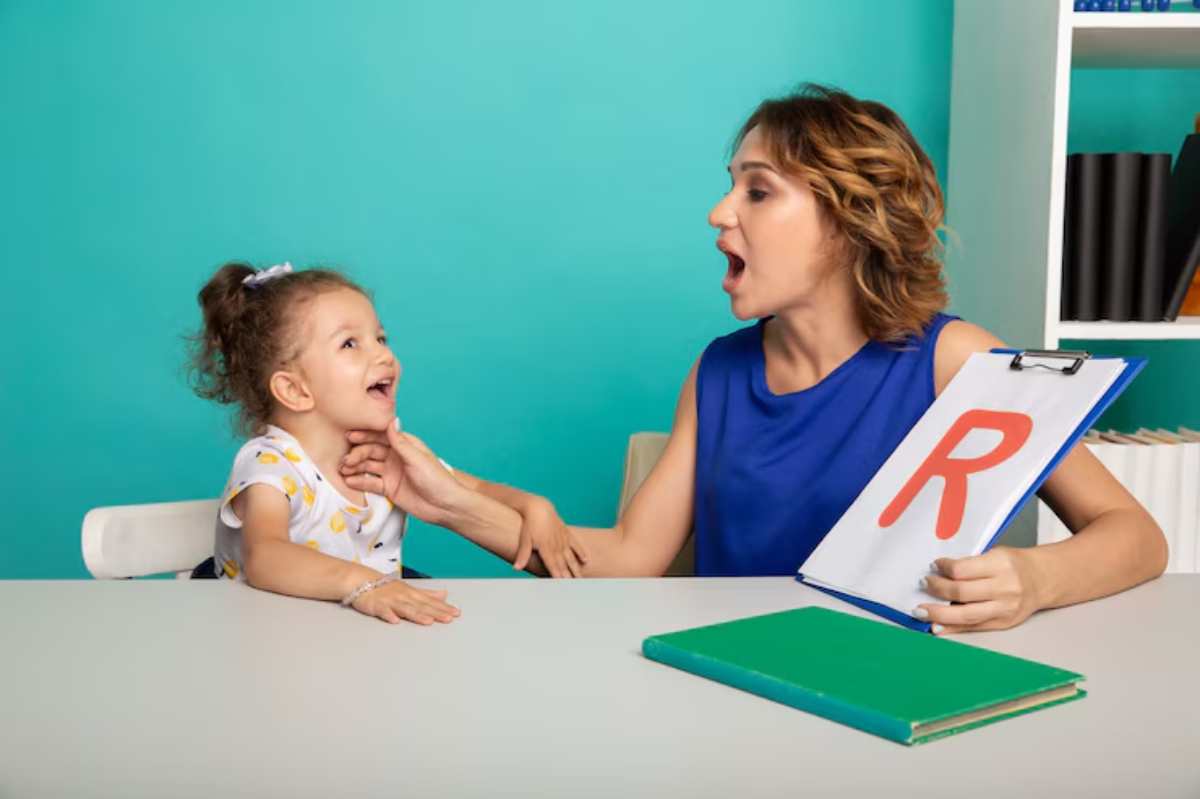
When children have no way to express their feelings, they tend to show emotion in unproductive ways. This may be in the form of tantrums, aggression, withdrawal or anxiety. Never say, “I taught you the emotional language to express your feelings.” It can also reduce the intensity of our emotional explosions.
Emotional Intelligence Is Linked to Long-Term Success
Studies show that high emotional intelligence leads to better grades, stronger social skills, and healthier relationships in adulthood. Teaching these skills early gives children a critical head start.
Key Benefits
1. Stronger Communication Skills
Teaching kids an emotional vocabulary helps them express their feelings. This leads to better conversations with friends, teachers, and family.
Example phrases to teach:
- “I feel sad because…”
- “I’m excited about…”
- “I’m nervous when…”
- “I feel angry because…”
2. Better Self-Regulation
Children who can express their emotions are less likely to feel overwhelmed by them. Instead of acting out, they learn how to ask for help, take a break, or use calming techniques when needed.
3. Enhanced Empathy and Social Connection
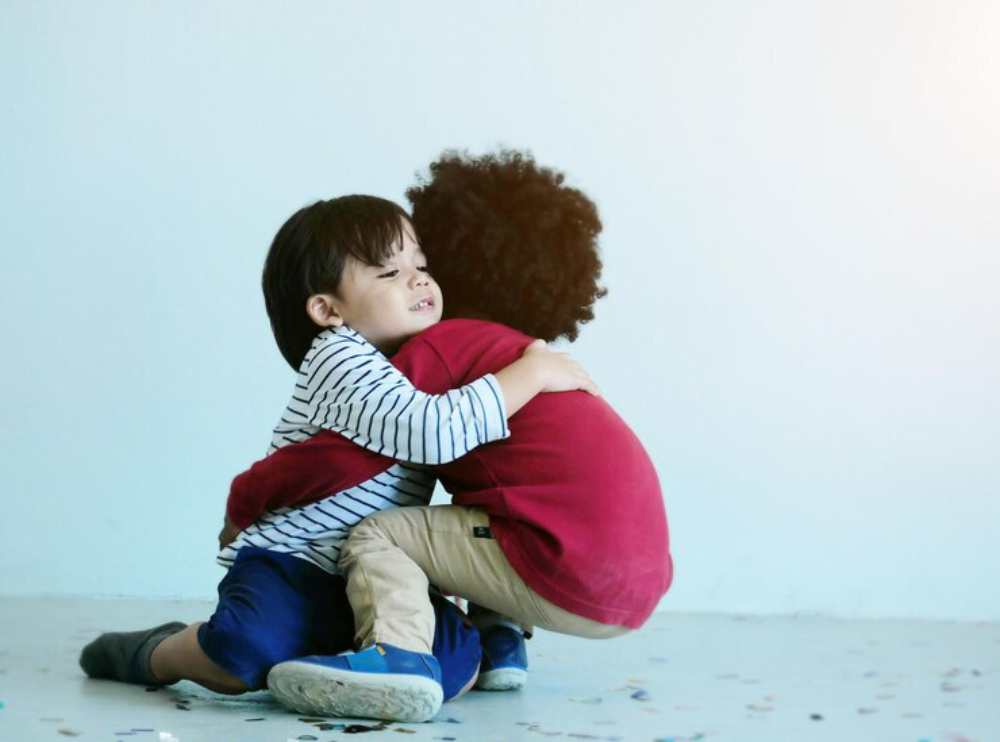
Understanding their own emotions helps kids recognise emotions in others. As their empathy grows, so does their ability to navigate friendships, resolve conflicts, and build trust.
4. Improved Mental Health and Resilience
Children who grow up in supportive emotional environments have better mental health. They can also recover more easily from challenges.
Additional Expert Tips & Common Mistakes to Avoid
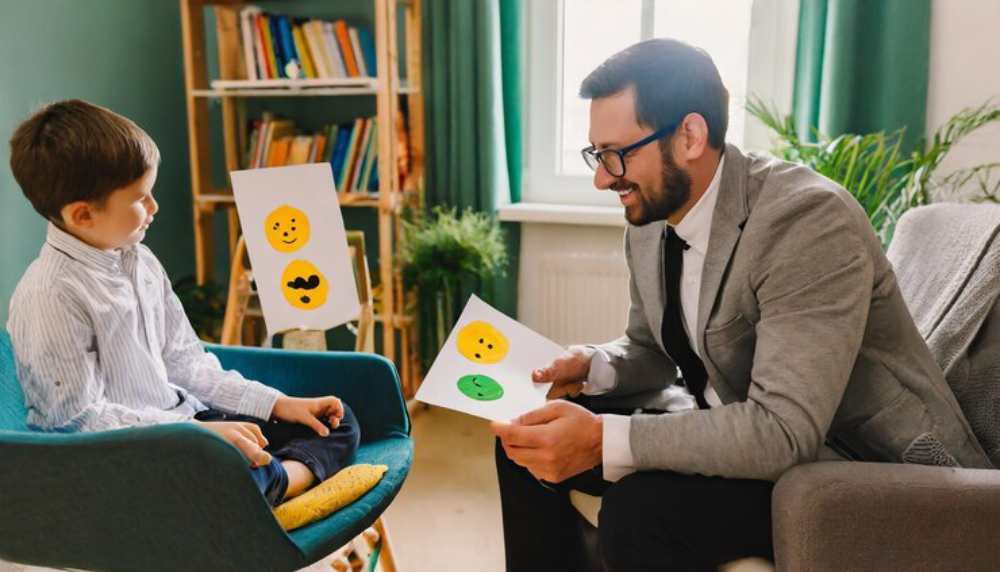
Expert Tips for Teaching Emotional Awareness
Use Everyday Moments as Teaching Opportunities
Daily routines are filled with small emotional events that can be used for learning. Whether your child is frustrated by a broken toy or thrilled about a playdate, take a moment to name the emotion and reflect on it with them.
Example: “You look really disappointed. Were you hoping we could go to the park today?”
Model Emotional Language
Children learn by observing. When adults share their feelings and how they handle them, it makes emotional expression feel normal.
Try saying:
- “I’m feeling a bit overwhelmed, so I’m going to take a short break.”
- “I was frustrated earlier, but talking about it helped me feel calmer.”
Create a Feelings Chart
Visual tools like a feelings chart or emotion wheel can help younger children identify what they’re feeling. Use these regularly, and over time, kids become more confident in using the language on their own.
Validate First, Problem-Solve Later
When a child expresses a feeling, the first step should always be validation. Even if the emotion seems out of proportion, acknowledging it helps them feel seen and builds trust.
Say:
- “I understand you’re upset.”
- “It’s okay to feel angry when things don’t go your way.”
Once they feel heard, you can shift to problem-solving.
Common Mistakes to Avoid
Rushing to Fix the Emotion
Jumping to solutions can send the message that certain feelings aren’t okay. Instead, allow children to sit with and understand their emotions first.
Minimising or Dismissing Feelings
Statements like “You’re fine” or “There’s nothing to be upset about” may seem comforting, but can leave children feeling confused or invalidated. Focus on acknowledgment over correction.
Expecting Emotional Maturity Too Soon
Kids, especially toddlers and young school children, are learning to control their impulses and manage their emotions. Be patient, and remember that regression is part of the learning process.
Advanced Insights and Expert Recommendations
Tailor Emotional Education by Age
Toddlers and Preschoolers
Focus on basic feeling words: happy, sad, mad, scared. Use books, puppets, and visuals to reinforce learning. Keep explanations simple and repeat frequently.
School-Aged Children
Introduce more nuanced feelings like jealousy, guilt, embarrassment, or pride. Help them reflect on their emotional triggers and outcomes. Encourage journaling or drawing to express feelings.
Preteens and Teens
Support deeper emotional conversations. Ask open-ended questions and create space for complex emotions. Talk about emotional patterns, coping mechanisms, and how emotions influence decision-making.
Build Emotional Literacy Through Storytelling
Books and stories are powerful tools for emotional learning. Characters often face conflicts, losses, or moments of joy, making them relatable entry points for discussion.
After reading, ask:
- “How do you think that character felt?”
- “What would you do if you were in that situation?”
Encourage Emotional Check-Ins
Incorporate regular “check-ins” where your child can rate how they’re feeling (e.g., on a scale of 1–5 or with colour-coded cards). These routines build awareness and normalise emotional sharing.
Bonus tip: Make check-ins part of bedtime or morning routines to build consistency.
When to Seek Additional Support
Sometimes emotional struggles go beyond typical development. If your child often shuts down, has strong emotional outbursts, or seems anxious or sad, talk to a child psychologist or counsellor.
Early intervention provides tools not just for the child but for the entire family system.
Helping Kids Grow Into Emotionally Capable Humans
Teaching kids to label and articulate their emotions isn’t only for the calm days. It’s about helping them know themselves and other people better. Emotional intelligence is the gift that keeps on giving for the next generation. It starts with simple, quotidian moments that we rarely notice.
Active listening, validating feelings, and healthy expression do more than build emotional skills. They foster self-worth, trust and enduring resilience.” Emotions aren’t something to be fixed; they’re something to be understood. And when kids feel secure enough to express themselves, they thrive—not just in childhood, but well into adulthood.

